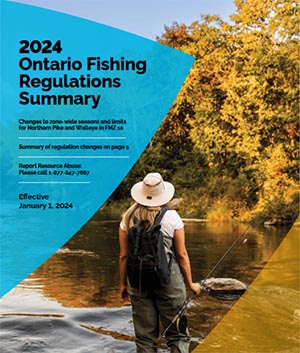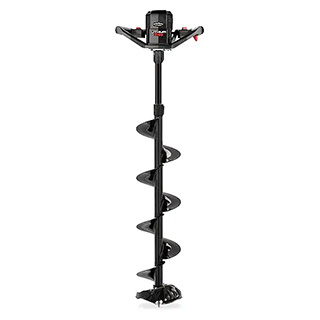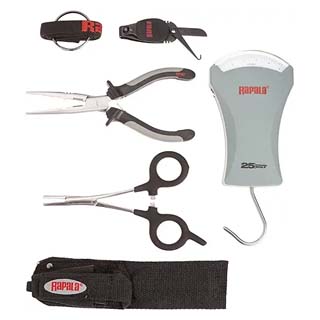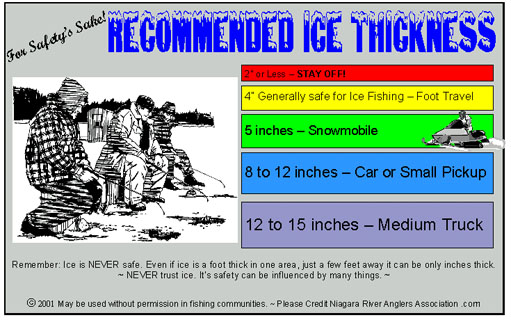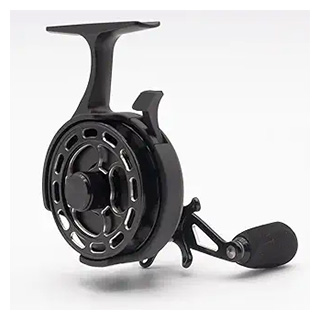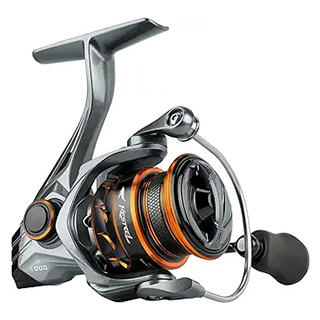Ontario Ice Fishing Hut Operators
Ice Fishing Articles And Tips

Locating Ice Fishing Spots
By E.S. Cromwell
For the die-hard fisherman, the great escape of fishing is pursued year round, even in the midst of the harshest of seasons and weather patterns.
Bold as they are, such adventures for catching fish are done during winter months through a specific style of fishing called "Ice Fishing."
Despite what the names suggests, there is no fishing for chunks of ice going on here.
That's nonsense. Rather, fishing here is done through cut out holes atop ice-covered ponds or lakes. The trick though, for any angular during ice fishing months is finding just the right spot on a frozen body of water.
Coming to a location where one can ice fish safely is a a bit trying at times, but there are steps, that if taken, can guarantee any ice fisherman safe fishing.
Before Treading On Ice:
Before heading out on any ice, make certain to tell someone or a few people where you are going and when you will return. It is
imperative to be previously familiar with where ever one will be ice fishing. Know the layout of the body of water in it's usual non-frozen
and current frozen form.
Most importantly, make certain the ice is sustainable enough for one or more fishermen to walk on and/or sit
together to fish. This said, it is preferred to ice fish in pairs and avoid going out on ice alone.
Survey
Assessing the ice is crucial and can be done in many ways. Firstly, take note of air temperatures of the past week and desired day
of ice fishing. Note any temperatures above freezing that could result in melting or weakening in the ice.
If temperatures have been
and are still well below or right on freezing, pursue the ice. Now, survey the ice, keeping an eye for any open water areas, recent
changes in water levels or wet spots atop the ice or snow-covered ice. And lastly, make certain to have an easy point of access as
to enter and exit the ice easily.
Gauge Thickness
Ice thickness can be determined by using a drill or ice auger. The technique is simple, merely involving the drilling of a hole
into the ice. Assuming you would walk to you desired location to ice fish, ice should roughly be between 3-5 inches thick to sustain
one or more people's weight.
If ice is too thin, move backward and try drilling in a new location, as ice thickness can be variable
at times. Once and only if the proper thickness has been located, one can start ice fishing.
Be Wary and Just Remember
One must always fish with a friend on the ice, particularly in a familiar area. The ice itself must be able to hold your own weight
and the weight of your friend(s). A thorough surveying of the desired ice must be done, jointly so with one's partner, paying careful
attention to visual warning signs. And lastly, to measure the ice's thickness is of utmost importance.
If it is not thick enough, don't
tread on thin ice!
If ice fishing is appealing, why not consider trying Virginia fishing year round?
Fishing Article Of Interest: Ice Fishing Tips for Beginners